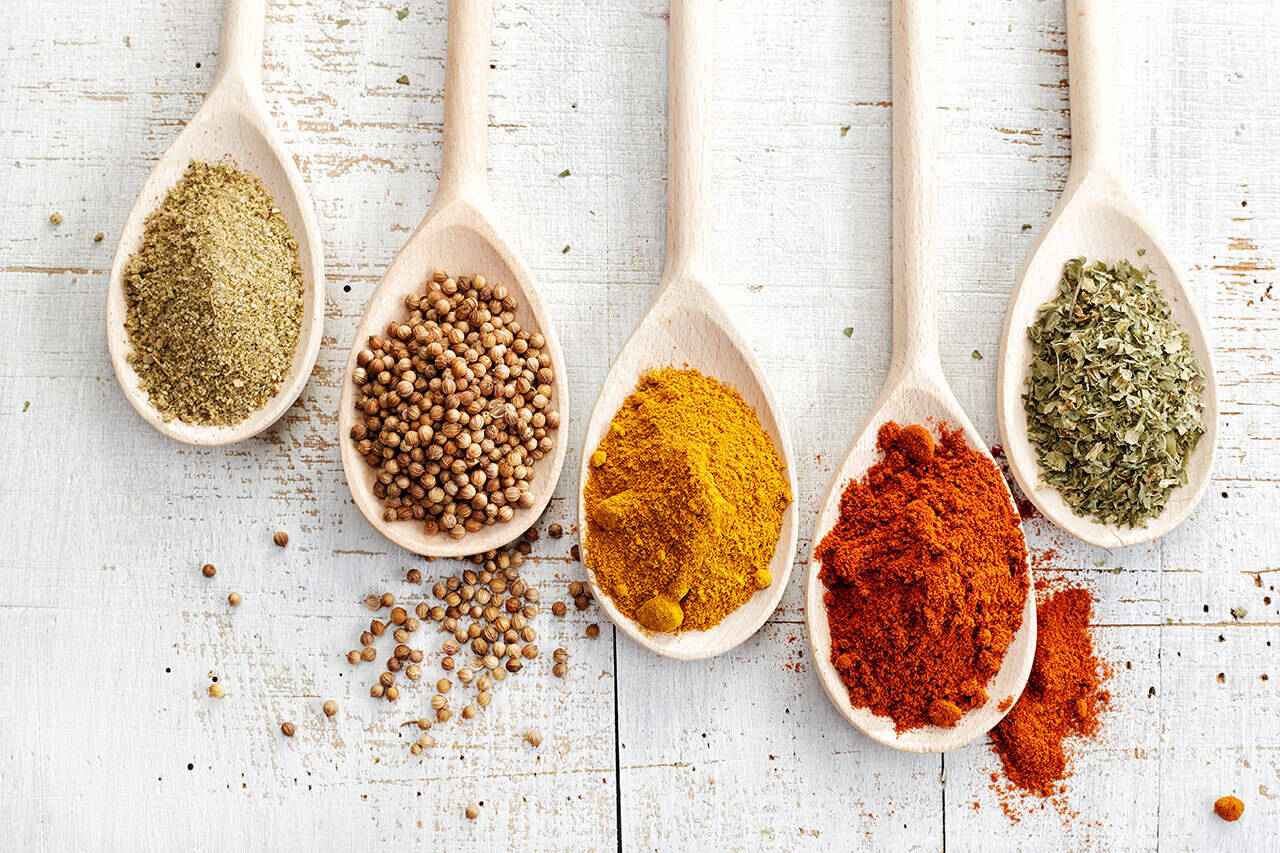
What makes your favorite foods taste so good? It's all about flavor! From the tangy zest of a lemon to the rich, savory notes of a perfectly grilled steak, flavors are what make eating an adventure. But have you ever wondered what goes into creating these delicious experiences? Flavor is a complex mix of taste, smell, and even texture. It's influenced by everything from the ingredients used to the way a dish is cooked. Understanding the science behind it can make you appreciate your meals even more. Ready to dive into some tasty tidbits? Let's explore 30 fascinating facts about flavor that will tickle your taste buds and maybe even change the way you eat!
The Science of Flavor
Understanding flavor involves more than just taste. It’s a complex interaction between taste, smell, and even sight.
- Taste buds: Humans have around 10,000 taste buds, which regenerate every two weeks.
- Smell: About 80% of what we perceive as flavor comes from our sense of smell.
- Umami: Discovered in 1908, umami is the fifth basic taste, alongside sweet, sour, salty, and bitter.
- Temperature: The temperature of food can affect its flavor. Cold foods can dull taste, while warm foods can enhance it.
- Texture: The texture of food plays a significant role in how we perceive its flavor. Crunchy, creamy, and chewy textures can all influence taste.
Historical Flavors
Flavor preferences have evolved over centuries, influenced by culture, trade, and innovation.
- Spices: In ancient times, spices like cinnamon and pepper were so valuable they were used as currency.
- Chocolate: The Mayans and Aztecs were the first to make chocolate, but it was a bitter drink, not the sweet treat we know today.
- Vanilla: Native to Mexico, vanilla was first cultivated by the Totonac people.
- Salt: Salt has been used for thousands of years to preserve food and enhance flavor.
- Fermentation: Ancient civilizations used fermentation to create flavorful foods like cheese, yogurt, and wine.
Regional Flavors
Different regions of the world have unique flavor profiles, often influenced by local ingredients and traditions.
- Mediterranean: Known for its use of olive oil, garlic, and herbs like basil and oregano.
- Asian: Features flavors like soy sauce, ginger, and sesame oil.
- Latin American: Includes bold flavors from ingredients like chili peppers, cilantro, and lime.
- Middle Eastern: Rich in spices like cumin, coriander, and saffron.
- African: Often incorporates ingredients like peanuts, plantains, and a variety of spices.
Modern Flavor Innovations
Advancements in technology and culinary arts have led to new and exciting flavor experiences.
- Molecular gastronomy: This culinary trend uses scientific techniques to create unique flavors and textures.
- Fusion cuisine: Combines elements from different culinary traditions to create new dishes.
- Artificial flavors: Created in labs, these flavors mimic natural tastes and are used in many processed foods.
- Flavor pairing: Chefs and scientists use data to find unexpected but harmonious flavor combinations.
- Plant-based: Innovations in plant-based foods have led to new flavors and textures that mimic meat and dairy products.
Fun Flavor Facts
Here are some quirky and interesting tidbits about flavors that might surprise you.
- Miracle fruit: This berry can make sour foods taste sweet.
- Pineapple: Contains an enzyme called bromelain, which can break down proteins and tenderize meat.
- Cilantro: Some people think cilantro tastes like soap due to a genetic variation.
- Hot peppers: The heat from chili peppers comes from a compound called capsaicin.
- Blue cheese: Its strong flavor comes from the mold Penicillium roqueforti.
Flavor in Popular Culture
Flavor has made its mark in movies, books, and even idioms.
- Willy Wonka: The fictional chocolate factory is famous for its imaginative and unusual flavors.
- Harry Potter: Bertie Bott’s Every Flavor Beans include flavors like earwax and dirt.
- Idioms: Phrases like “spice of life” and “taste of success” show how flavor is woven into language.
- Food shows: Programs like "MasterChef" and "The Great British Bake Off" celebrate culinary creativity and flavor.
- Flavor trends: Social media platforms like Instagram and TikTok have popularized trends like rainbow bagels and charcoal ice cream.
Final Bite of Flavor Facts
We've covered a lot about flavors and their fascinating world. From the science behind taste buds to the history of popular dishes, it's clear that flavors play a huge role in our lives. They can evoke memories, influence moods, and even impact health. Knowing these facts can help you appreciate your next meal even more. Whether you're a foodie or just curious, understanding flavors adds a new layer to your dining experience. So next time you take a bite, think about the journey that flavor has taken to get to your plate. Enjoy the richness and diversity of what you eat, and maybe even share some of these fun facts with friends. Happy tasting!
Was this page helpful?
Our commitment to delivering trustworthy and engaging content is at the heart of what we do. Each fact on our site is contributed by real users like you, bringing a wealth of diverse insights and information. To ensure the highest standards of accuracy and reliability, our dedicated editors meticulously review each submission. This process guarantees that the facts we share are not only fascinating but also credible. Trust in our commitment to quality and authenticity as you explore and learn with us.


